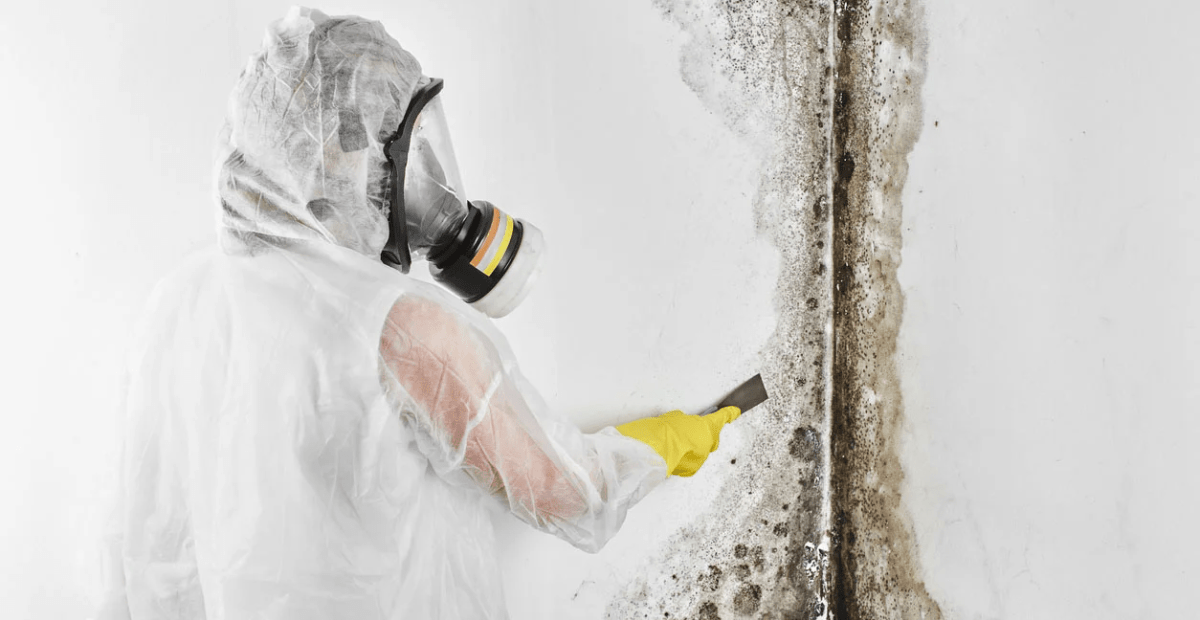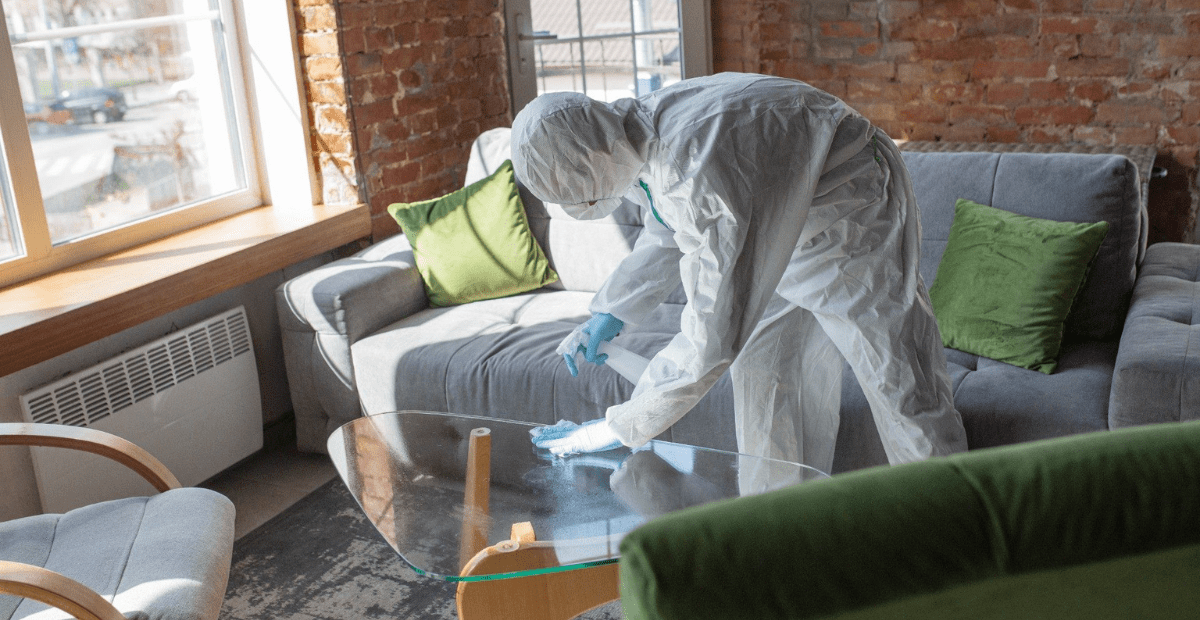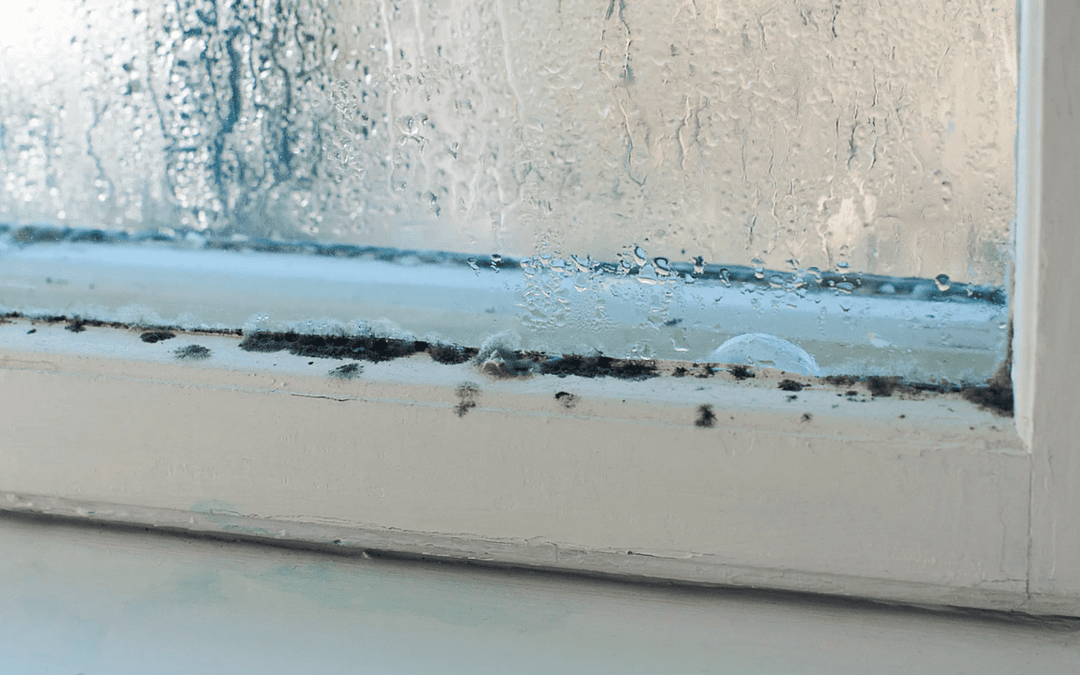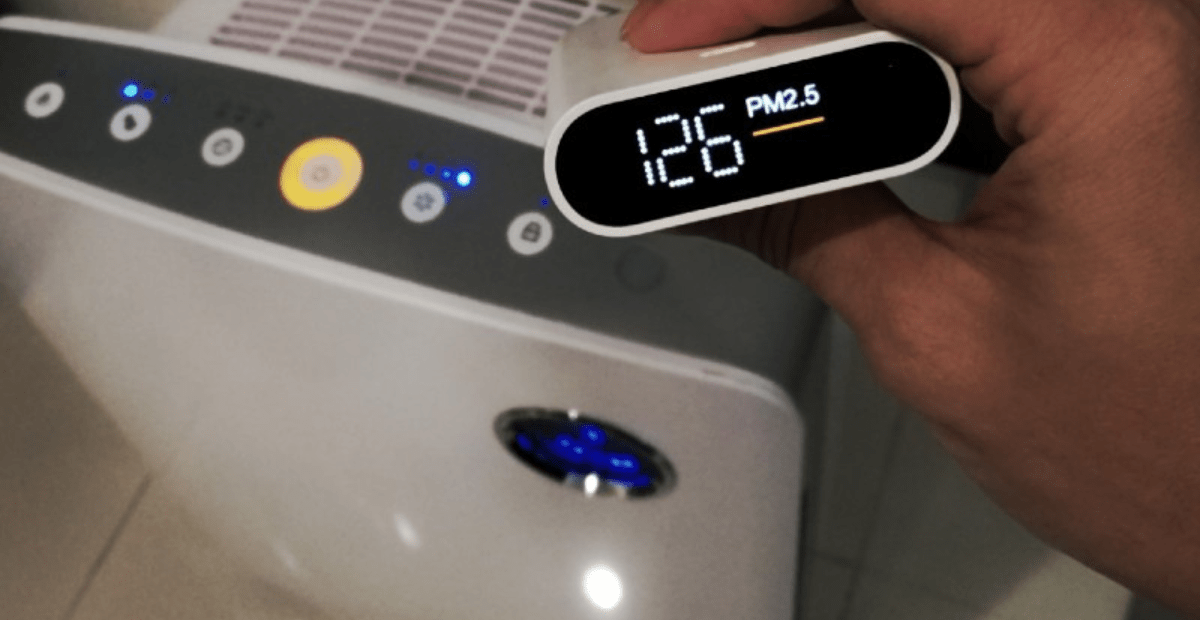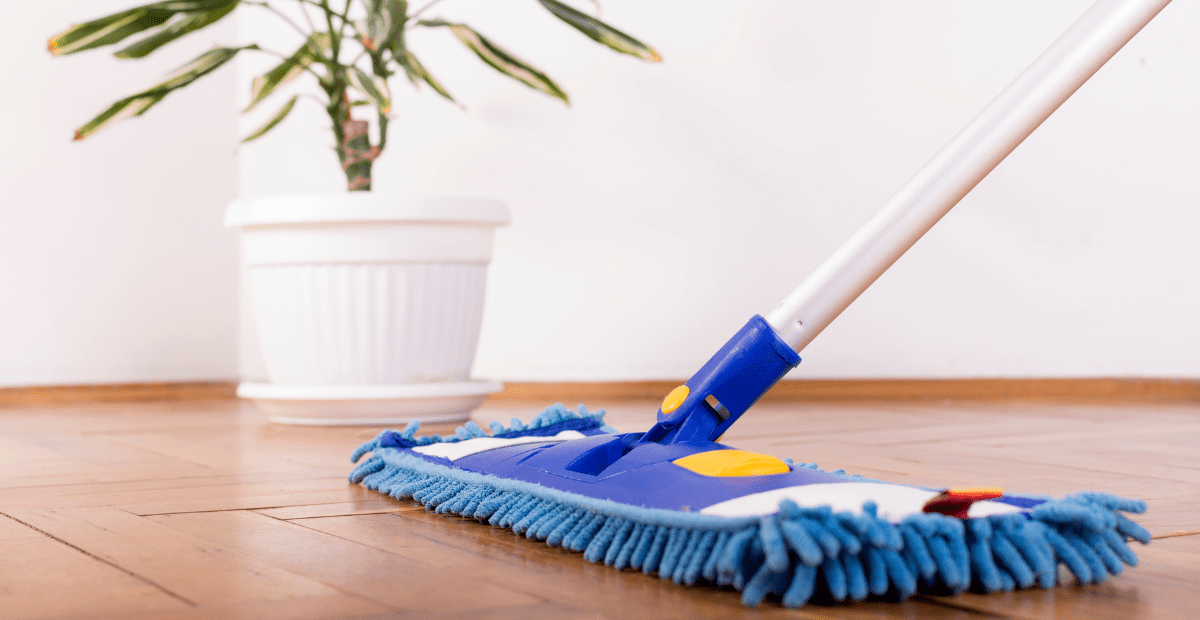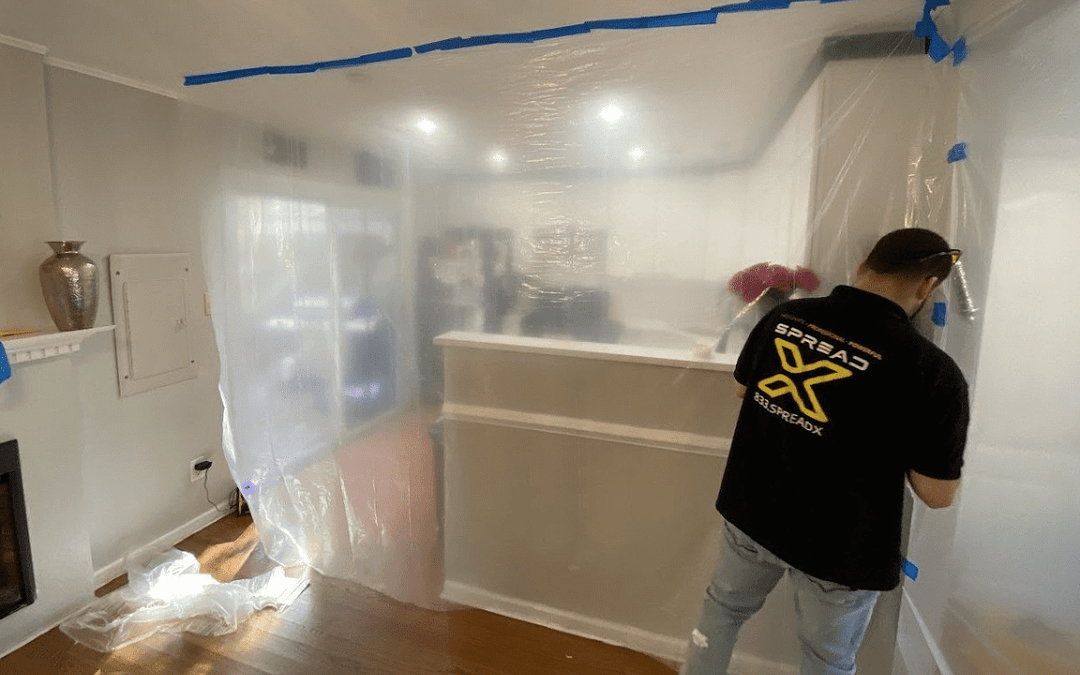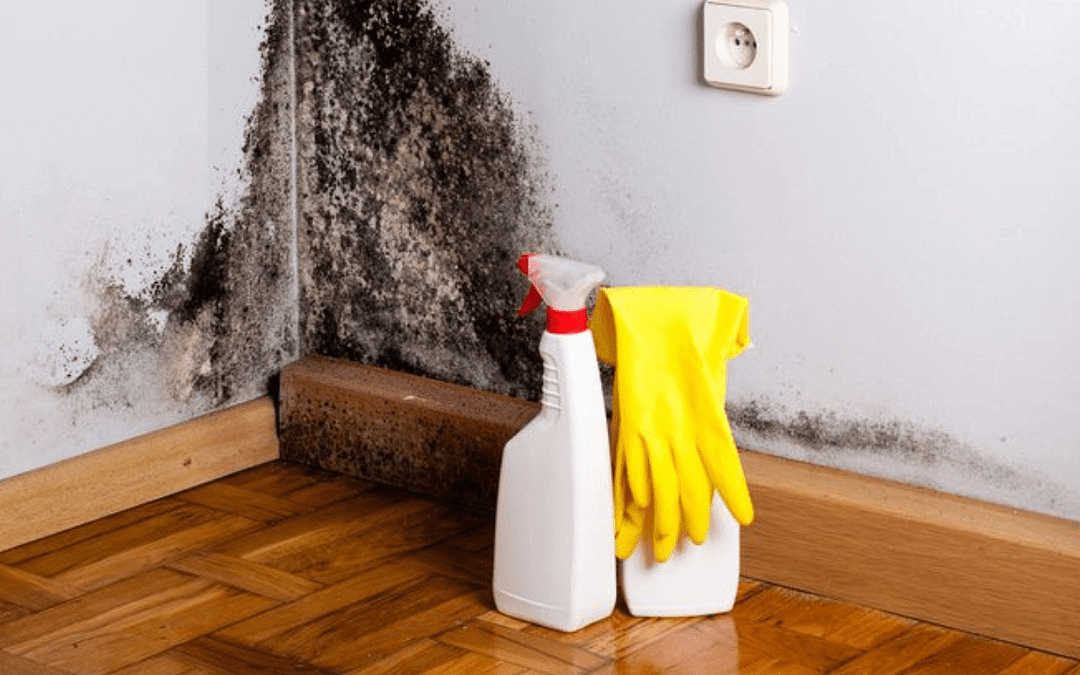
Mold Remediation Timeline: How long does it take?
Have you discovered mold in your home or business and now you’re wondering how long it’s going to take to get rid of it? Don’t worry; you’re not alone.
Mold removal can be a daunting task, but understanding the process and timeline can help alleviate some of that stress. In this guide, we’ll walk you through the steps of mold removal, the factors that influence the duration, and what you can expect along the way.
Understanding the Mold Removal Process
Mold removal, also known as mold remediation, is a multi-step process designed to eliminate mold growth and prevent its return. Here’s a brief overview of the typical steps involved:
- Assessment: The first step is to assess the extent of the mold problem. A professional mold inspector will inspect your property to identify the type of mold, the affected areas, and the underlying cause of the mold growth.
- Containment: To prevent the spread of mold spores to unaffected areas, containment measures are put in place. This may include sealing off contaminated areas and using negative air pressure systems to keep the mold contained.
- Removal: Once containment is established, the process of removing the mold begins. This may involve physically removing contaminated materials, such as drywall or carpeting, and thorough cleaning of surfaces using specialized techniques and antimicrobial agents.
- Drying: After the mold is removed, the affected areas need to be thoroughly dried to prevent future mold growth. Dehumidifiers and fans may be used to expedite the drying process.
- Prevention: Finally, steps are taken to address the underlying cause of the mold growth, such as fixing leaks or improving ventilation, to prevent mold from recurring in the future.
Factors Influencing the Duration of Mold Removal
Several factors can influence how long the mold removal process takes. Here are some key considerations:
Extent of Infestation: The size and severity of the mold infestation will play a significant role in determining the duration of the remediation process. Larger infestations may require more time and resources to address effectively.
Type of Mold: Certain types of mold, such as black mold (Stachybotrys chartarum), may require more extensive removal measures due to their toxic properties.
Accessibility: Mold growth in hard-to-reach or hidden areas, such as behind walls or under flooring, may require more time and effort to access and remove.
Environmental Conditions: Factors such as humidity levels and temperature can impact the speed of mold growth and the effectiveness of remediation efforts.
Professional Expertise: Hiring a professional mold remediation company with experience and expertise in handling mold removal can streamline the process and ensure thorough and effective treatment.
Timeline for Mold Removal
While every mold removal project is unique, the timeline can vary depending on the factors mentioned above. In general, mold removal can take anywhere from a few days to several weeks to complete. Here’s a rough estimate of what you can expect:
- Assessment: 1-2 days
- Containment: 1-2 days
- Removal/Cleanup: 2-5 days
- Drying: 1-3 days
- Prevention: Ongoing maintenance as needed
It’s important to note that these timelines are approximate and may vary based on the specific circumstances of your mold infestation.
Conclusion
In conclusion, mold removal is a multi-step process that requires careful assessment, containment, removal, and prevention measures. The duration of mold removal can vary depending on factors such as the extent of the infestation, type of mold, accessibility, environmental conditions, and professional expertise.
By understanding the process and timeline for mold removal, you can better prepare yourself for what to expect and ensure a successful outcome. If you’re dealing with mold issues in your home or business, don’t hesitate to reach out to a professional mold remediation company for assistance.

